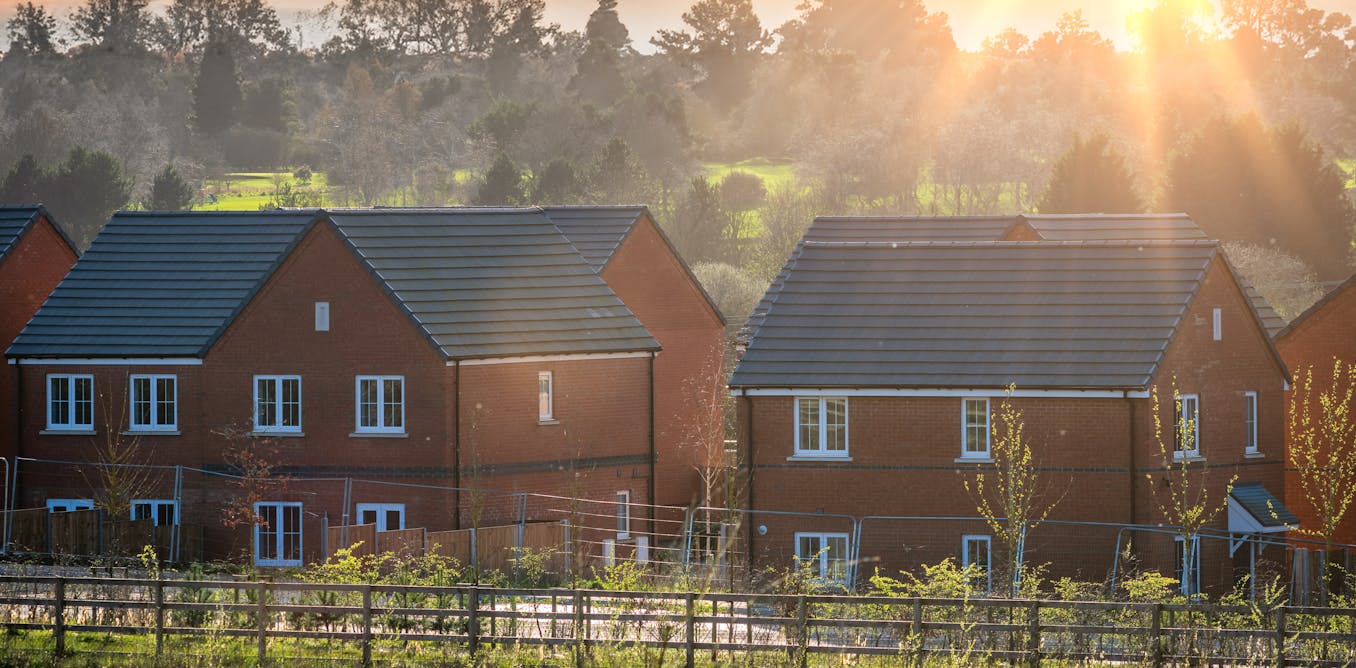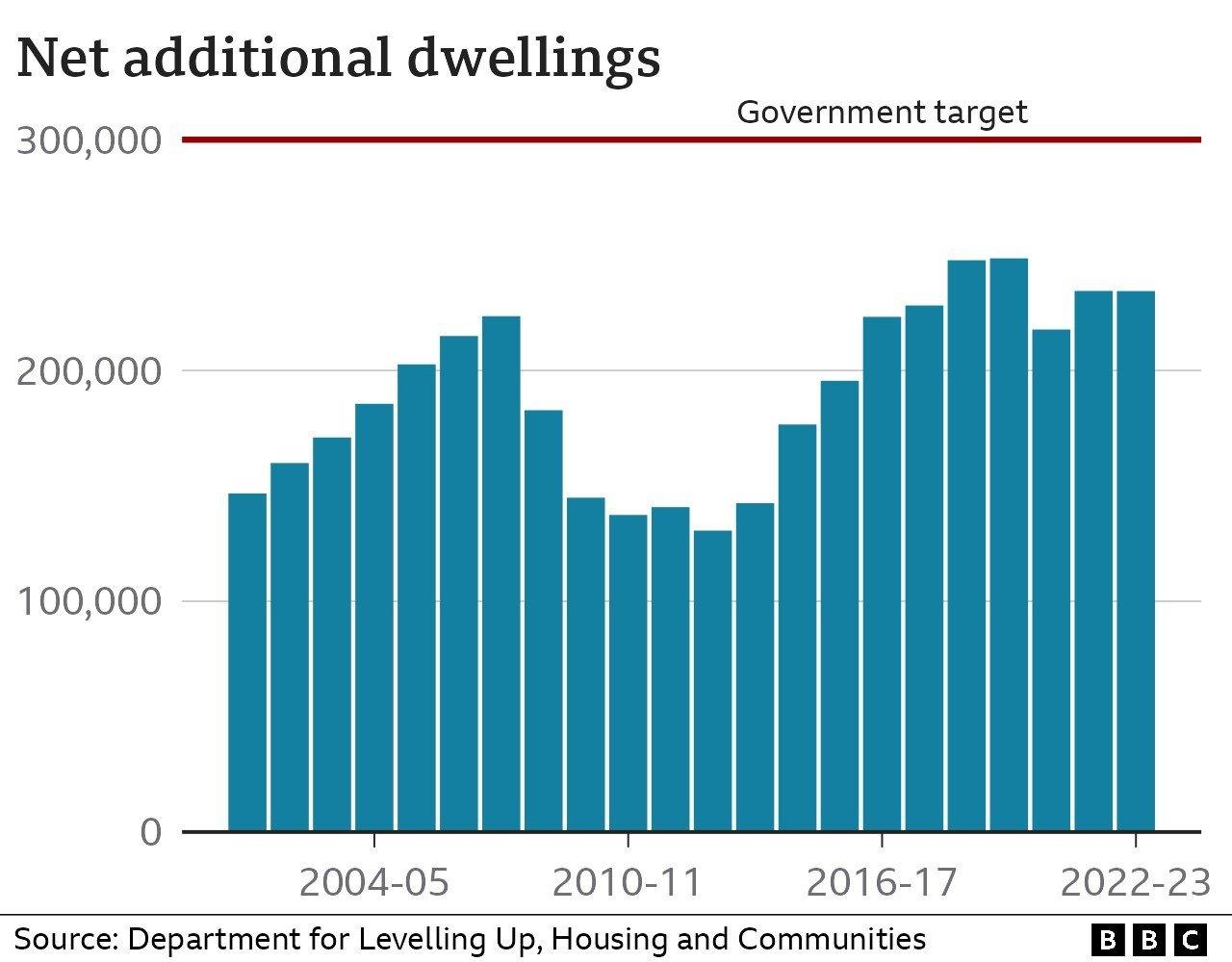
The housing crisis in England presents a formidable challenge, with significant efforts from the government aimed at increasing housing availability and affordability. As of October 2024, the government's approach is multifaceted, encompassing mandatory housing targets, planning reforms, and a focus on social and affordable housing to ameliorate the situation for millions of residents.
Major Housing Initiatives
In response to the acute housing crisis, the current UK government has pledged to build 1.5 million new homes over the next five years. This ambitious target was officially announced shortly after the 2024 general election and reflects a commitment to rejuvenate the housing market and provide secure and affordable homes for citizens in need[10]. The newly reformed government intends to accomplish this by enacting policies aimed at reducing barriers to housing development, emphasizing the urgent need for new housing supply amid rising demand.
Restoring Mandatory Housing Targets
One significant reform includes reinstating mandatory housing targets for local councils. The previous government had downgraded targets to advisory status, which contributed to plummeting housing permits and a lack of housing progress across multiple regions[10][8]. The reintroduction of these targets is intended to ensure that local authorities focus on addressing urgent housing needs within their communities, thereby improving the overall housing supply nationwide.
Strategic Use of Land
A central component of the strategy involves revising land use policies. The current plan prioritizes developing on brownfield sites—previously developed land—while also considering grey belt areas for potential development to facilitate housing growth[8]. Ministers have stressed the importance of safeguarding environmentally sensitive green spaces. However, any development in green belt areas will come with stringent guidelines, including requirements to ensure at least 50% of new homes are affordable, thus promoting social rent options[10][8].
The government is also taking proactive measures to streamline the planning process, which has historically been a bottleneck in housing delivery. This includes proposing a new Planning Skills Delivery Fund to accelerate planning decisions and clear existing backlogs[6][10]. These efforts aim to enhance the productivity of the planning system, thus enabling quicker housing delivery to meet growing demands.
Social Housing and Affordability

The provision of social housing has emerged as a key focus area. There is a growing consensus that addressing the housing shortage must include a significant investment in social rent homes. To this end, the government has committed to building 90,000 new social homes each year to effectively support low and middle-income families who currently face high housing costs in the private rental sector[9][10].
The government’s previous cuts to social housing funding and the decline of social rent homes are being reversed, which is integral in tackling the affordability crisis that has left many unable to obtain decent housing. Housing charity Shelter has underscored the necessity for all new planning legislation to prioritize the delivery of genuinely affordable homes, as relying solely on private developers has proven insufficient to meet the housing needs of the population[10].
Moreover, the government plans to support housing associations with increased funding, allowing them to expand their stock and better meet community needs. These associations often provide lower rents compared to the private sector, which can help alleviate some financial pressures faced by families[9][10].
Economic Considerations and Challenges

Despite ambitious targets and comprehensive plans, significant challenges remain. Concerns about housing affordability persist, with many households struggling to meet high rental and buying costs. The government acknowledges the need for policies that not only focus on increasing housing supply but also directly enhance affordability for those on lower incomes[9].
Economic realities, including fluctuating mortgage rates and construction costs, continue to pose a risk to achieving housing goals. The government aims to mitigate these issues through reforms that encourage efficient and cost-effective construction methods, including the consideration of modern, prefabricated housing solutions to reduce overall costs[9][10].
Conclusion
The government's coordinated response to England's housing shortages is a significant undertaking that seeks to reshape the housing landscape over the coming years. Through mandatory housing targets, strategic land development, and a renewed focus on social housing, the current administration aims to ensure that every resident has access to secure and affordable accommodation. However, success will ultimately hinge on overcoming economic challenges and ensuring that new policies effectively meet the needs of the most vulnerable households.
Get more accurate answers with Super Pandi, upload files, personalized discovery feed, save searches and contribute to the PandiPedia.
Let's look at alternatives:
- Modify the query.
- Start a new thread.
- Remove sources (if manually added).